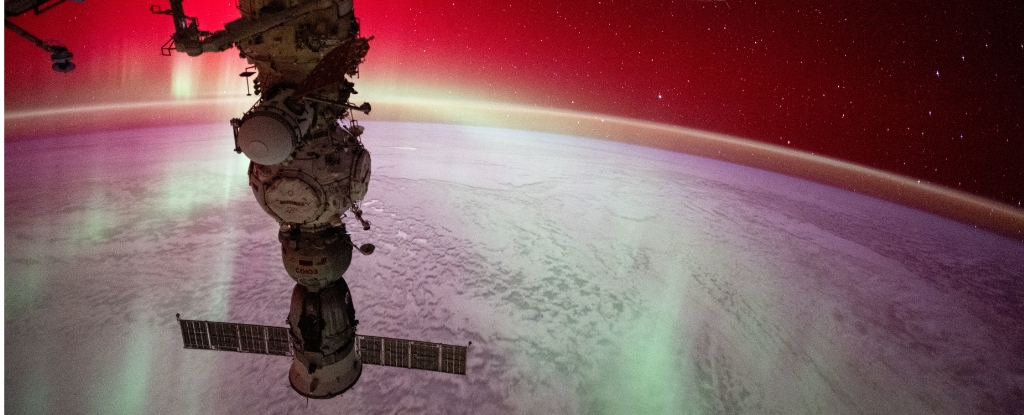Vega is a young, bright, and nearby star that has a dusty debris disk around it. It was expected to be similar to the nearby star Fomalhaut, which has a complex multi-ring debris disk.

However, new observations from the James Webb Space Telescope (JWST) show that Vega’s debris disk is surprisingly smooth and symmetric, with barely any hints of planets or structure.This is unexpected, as planet formation is typically accompanied by gaps, rings, and other structures in protoplanetary and debris disks.

The only potential signs of planets in the Vega system are a small dip at about double the Sun-Neptune distance, and a potential inner gap that could host a Neptune-mass planet.

The article notes that this challenges the general assumption that planetary systems should form and evolve in a predictable way. Vega seems to be an outlier, showcasing the diversity of planetary systems in the universe.

The remarkable capabilities of JWST have enabled these new insights into the Vega system, highlighting how transformational leaps in observational power can uncover unexpected phenomena and force us to re-evaluate our assumptions.
Source: Big Think









